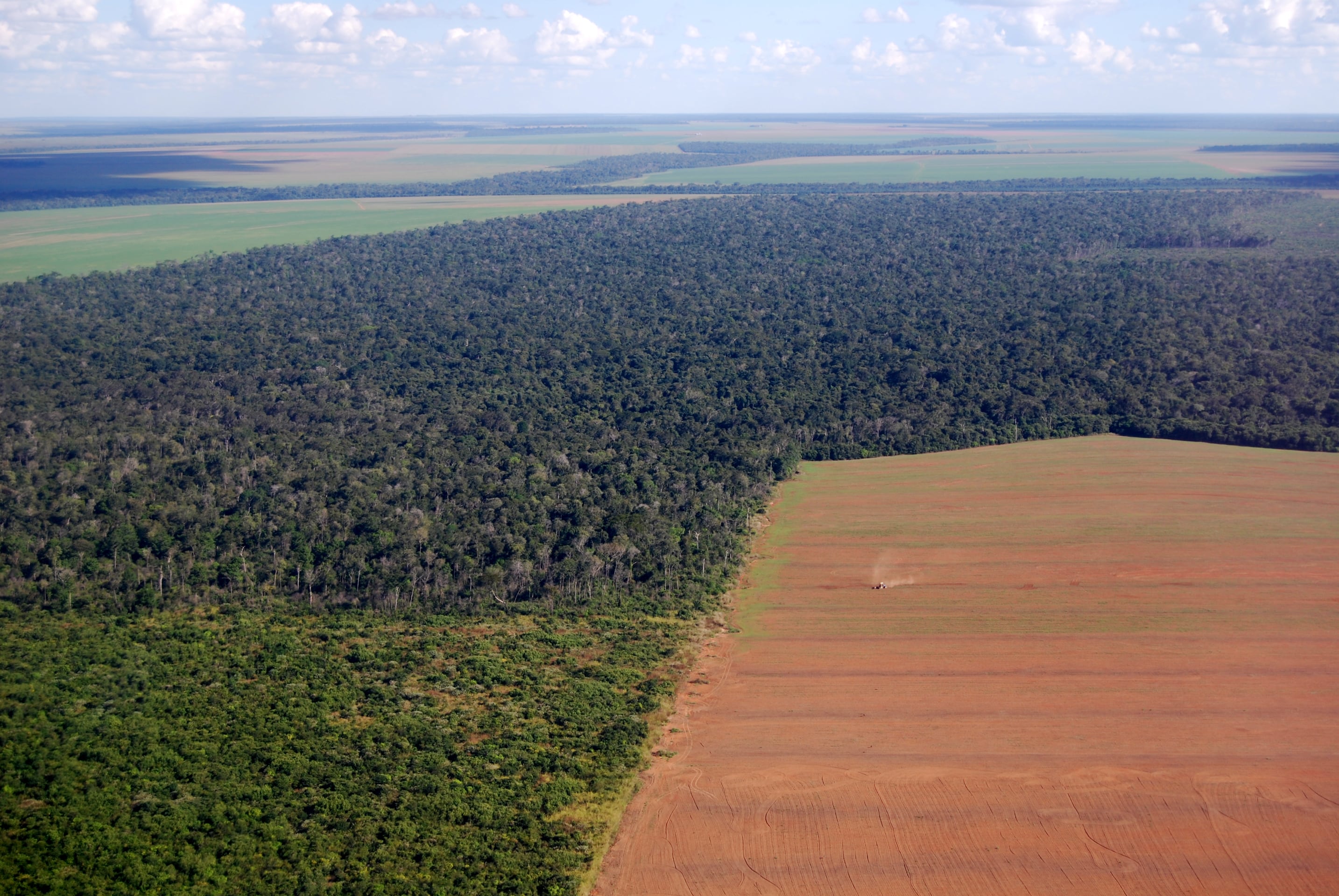Farmers are feeling the pinch from the Trump administration’s reciprocal tariffs, which are creating uncertainty across the agri-business supply chain, Stephen Nicholson, global sector strategist for grain and oilseed, told AgTechNavigator.
Despite the on-and-off nature of U.S. tariff rates on large parts of the world, “the teeth of the tariffs are starting to impact people,” including farmers, Nicholson noted. Tariffs are not just impacting farmers’ access to export markets, but they are also starting to increase the costs of imports, including machinery and crop inputs, he explained.
“Farmers [are] saying, ‘I’m really worried about the import side. ... 50% tariffs on steel and aluminum are making my farm machinery more expensive, and we are not seeing any relief on the input cost side that we need,’” Nicholson noted. “We are not seeing that convergence of commodity prices with input costs, and we are still seeing a pretty wide spread.”
The National Corn Growers Association — which represents 300,000 corn growers in the U.S. — sent a letter to Jamieson Greer, ambassador for the U.S. Trade Representative; Howard Lutnick, secretary for the U.S. Department of Commerce; and Brooke Rollins, secretary of the U.S. Department of Agriculture, on Aug. 1, urging action from the administration on higher fertiliser prices — which they called a “dire financial situation.”
Fertiliser remains one of the largest operating costs for farmers, costing corn growers an estimated $161.59 per planted acre in 2025 and is expected to grow to $169.69 in 2026, according to cost-of-production forecasts from the USDA.
Are the tariffs legal?
President Donald Trump's use of emergency powers to impose tariffs was ruled illegal last week in a divided U.S. appeals court ruling, Reuters reported. However, the tariffs will remain in place until Oct. 14, allowing the Trump administration to appeal to the Supreme Court.
Ag machinery giant John Deere cited tariffs as a major reason for declining revenues in its third quarter of 2025, with growers taking a “measured approach to capital investments,” Josh Beale, director of investor relations, shared during the earnings call, AgTechNavigator previously reported. This month, John Deere’s stock dropped roughly 5.5% on these business headwinds, trading around $484, per data pulled on Aug. 29.
U.S. corn, soybeans remain competitive despite trade tensions
The Trump administration’s embrace of isolationist trade policies is pushing countries to rethink their trade alliances and relationships, Nicholson explained. Tariffs on Mexican imports into the U.S. are paused for the moment, but the Trump administration continues its trade war with Brazil, pushing the Latin American country closer to China.
Despite Brazil’s growing ag sector, the country is struggling to keep up with demand due to outdated logistics, which is driving prices of Brazilian goods, Nicholson explained. As a result, U.S. commodity prices are competitive with Brazil’s, he noted.
“Go back to about 12 years ago, [Brazil was] in the same fix where the logistics were not keeping up with the increase in production, and there was a private-public investment to make that better, and that continued ‘the Brazilian miracle’ because they made that investment. They are at that breaking point now where they need to make that investment, and it is not happening,” Nicholson said.
He added, “If you look at U.S. corn and soybean prices at the port, versus Brazil or Argentina, we are very competitive right now. And usually, there is a spread because we are not in the market, or they are not in the market. And what has happened is the Brazilian prices have come up because the cost of logistics from the farm to the port has risen so much.”
Immigration crackdown strains California’s ag industry
The Trump administration’s immigration crackdown is expected to further complicate the U.S. ag sector, especially for specialty crop growers in California and Florida, Nicholson noted. Since the start of the year, over 1.2 million immigrants left the U.S. labour force, amid the Trump administration’s immigration crackdown, according to Pew Research Center analysis of preliminary census data.
Farm “workers are just not showing up, and that is a problem. If you have lettuce, fruits, or strawberries to be picked, they have to be picked now. You cannot [say], ‘We will see if they show up tomorrow or next week,” Nicholson emphasized.
On top of labour and tariff challenges, California continues to face water shortages, which could push agricultural production inland, Nicholson noted.
“Do we start to see that crop production come back to the Midwest, where you have better soils, [and] you have better water? ... Some things have to change because I do not think California can keep producing like they are because [they are] not going to have the water,” he said.





